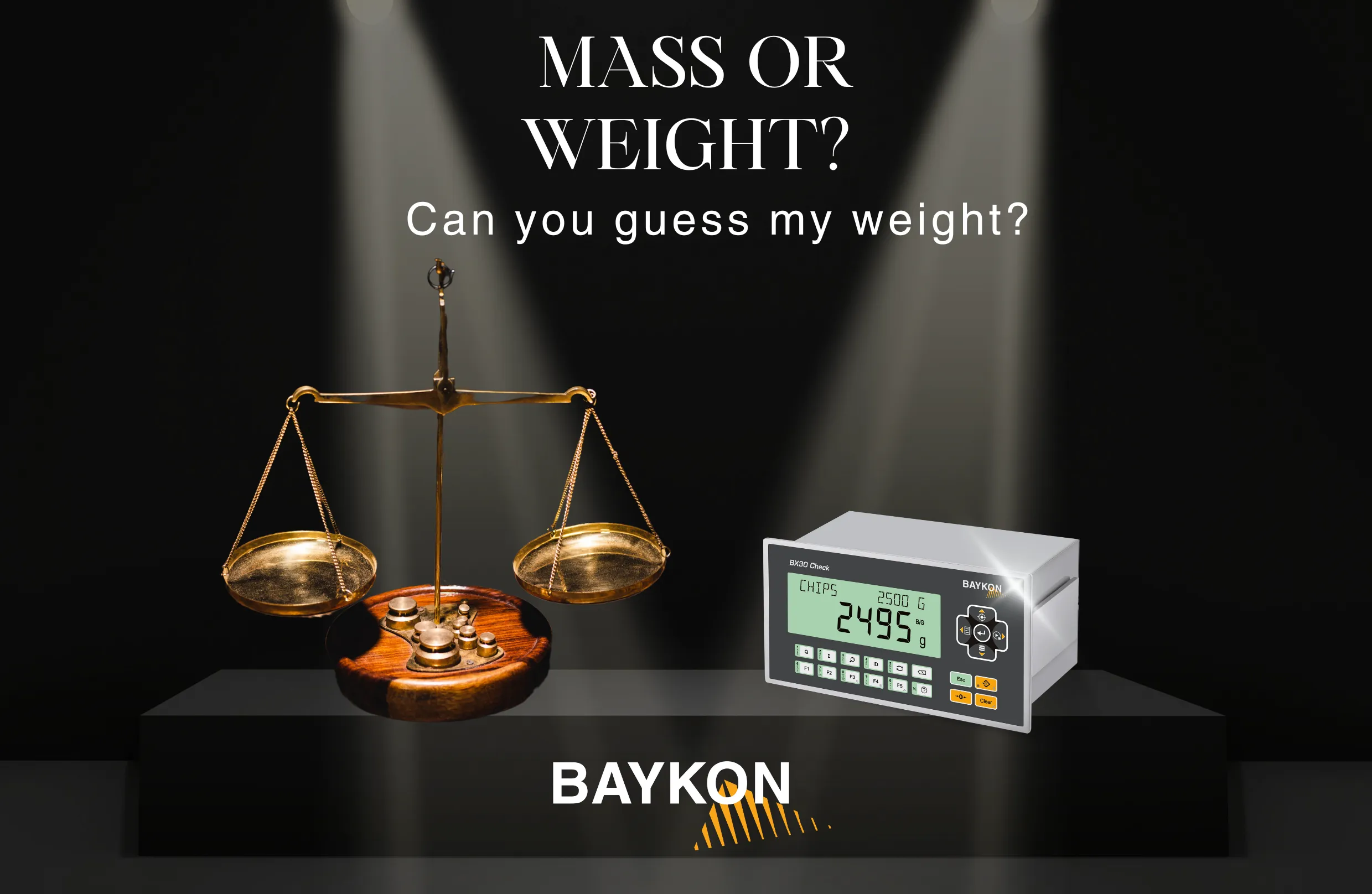
How Are the World’s Most Precise Measurements Taken?
When we think of weighing, most of us imagine a digital kitchen scale or the electronic weighing machines at supermarkets. However, the world of weighing is far more sophisticated than simply finding out “how many kilos” something weighs. From the mass of a strand of hair to the weight of a microscopic drop of liquid, modern technology enables us to measure incredibly small quantities with astonishing precision.
But how can something as tiny as a drop of water or the tip of a needle be weighed? And more importantly, why does the ability to measure such minuscule mass matter? These questions lead us into the lesser-known world of precision weighing. Industries like pharmaceuticals, nanotechnology, space exploration, and high-precision chemical applications require ultra-sensitive weighing instruments capable of measuring values far below a milligram. These devices must operate with accuracy at the microgram (μg) and even nanogram (ng) level.
Where Do High-Precision Measurements Take Place?
The most precise weighing operations in the world are carried out in specially designed environments under tightly controlled conditions. Even the slightest air current, humidity shift, temperature fluctuation—or a simple human breath—can introduce errors into such delicate measurements. That’s why these measurements are typically performed on vibration-isolated platforms, inside temperature-stabilized rooms, and within protective enclosures.
The evolution of weighing technologies now allows scientists to measure the weight of a single cell or even a strand of DNA. Some research efforts even aim to measure mass equivalent to that of a single hydrogen atom. This level of precision is not only relevant to theoretical science but is also crucial in practical applications such as drug dosing, precious metal weighing, and calculating fuel requirements for spacecraft.
At the end of the day, those seemingly simple numbers we read on a digital display are backed by complex physics, advanced engineering, and extraordinary precision. And this precision doesn’t only lie in the devices themselves, but also in the instruments that test them, and the systems that verify them. Smaller than a hair, lighter than a drop, yet with a massive impact—this is the extraordinary world of precision weighing.
Articles les plus populaires
S'abonner à la lettre d'information
Restez informé de nos innovations grâce au bulletin d'information




